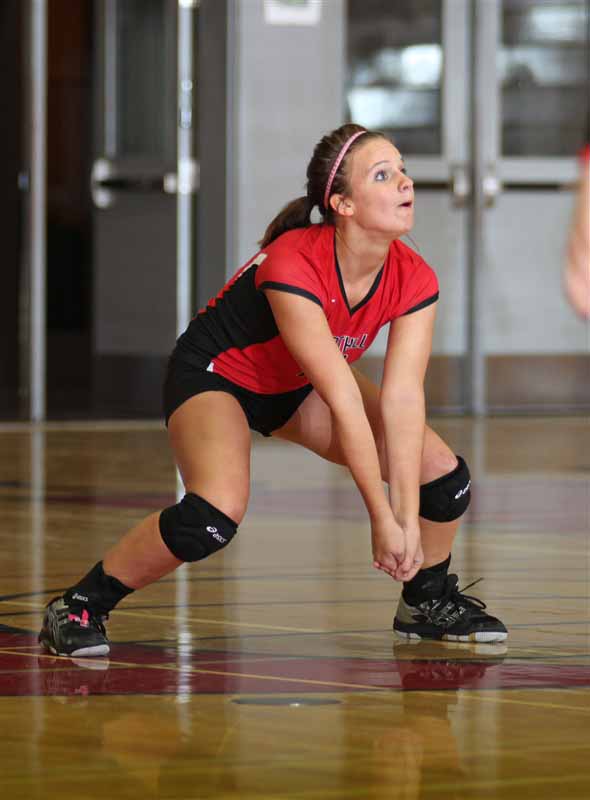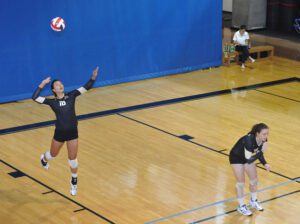What If Your Kid Wants to Play Sports in College and Is Not a D-1 Athlete?
Does your kid have her heart set on playing Division One sports in college? If so, take a quick reality check: 3% of high school basketball players play division one 5.7% of football players 6.1% of baseball players
- 1.7% of volleyball players.
These are not great odds. I’m all for letting your kids dream big, but it will probably become clear by the time your athlete is a junior in high school if they are a division one quality player. My daughter, who played softball since she was 7, got to high school with dreams of college softball in her head. We were pretty naive about the whole recruiting process, so we went to an informational recruiting meeting held at her high school. They said one thing that stuck in our minds: “If your athlete really wants to play in college, and is willing to go anywhere, then there’s a good chance he can play.” For my oldest daughter, it meant going to a Division 3 college in Illinois where she played four successful and enjoyable years of softball. My son joined her there to play football and now my youngest is playing volleyball at the same D-3 school. If your child wants to play sports in college, but is not a Division 1 athlete, then consider this process which should begin at the end of his junior/beginning of his senior year.
- Be realistic about your athlete’s abilities. Enough said.
- List the colleges of interest. This may include schools that have contacted your child and schools that have not.
- Fill out recruiting forms for those colleges.
- Email each coach, personally introducing your young athlete to the coach. We received several responses when we did this; some said they did not need a player for that position; others said they wanted to keep in touch and see game video.
- Take lots of video of your child playing. Edit the highlights, post it on You Tube. Many coaches will also request an entire game.
- Keep coaches on a mailing list, sending periodic updates of how the college search and the athlete’s season are going. We also set up a Facebook page and invited the coaches to become fans. On this page, we posted updates, video, stats, etc.
- Colleges will weed themselves out. By late winter, early spring, when it is time for your athlete to visit college campuses, he will hopefully have a short list of colleges that are interested in having him play.
- Dig deeper into each program.As we investigated the volleyball programs of the colleges who expressed their interest in our youngest daughter, we saw things we liked and things we didn’t. For instance, one college had a very short volleyball season and no club team. Another–even though it is a smaller college–had a long and full season, a winter club team, as well as a beach volleyball season for its volleyball players.
- Visit the colleges and meet with the coaches. My husband and daughter visited four colleges in the early spring of her senior year. All had expressed strong interest in having her playing volleyball. My husband went with a boatload of questions about the volleyball programs and available scholarships. My daughter’s decision was made as a result of that trip.
I do not claim to be the final authority on getting your athlete recruited for college, but these steps worked for us. Take a few minutes to read about the Seven Myths About College Sports. Then get working on helping your athlete fulfill his dreams! Other college recruiting resources: College Recruiting Website + BeRecruited + College Sports Scholarships
How useful was this post?
Click on a star to rate it!
Average rating 5 / 5. Vote count: 1
No votes so far! Be the first to rate this post.




